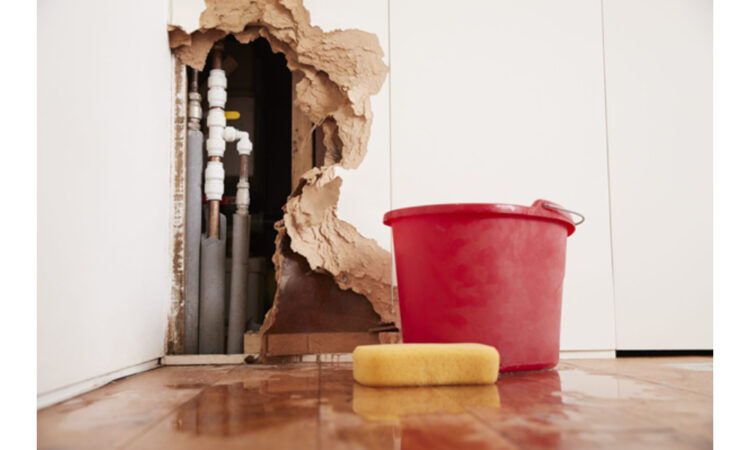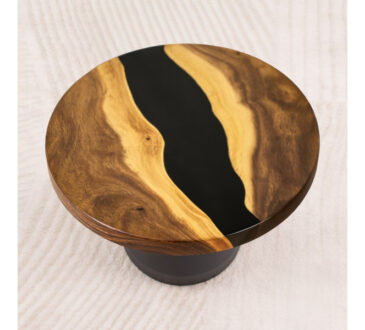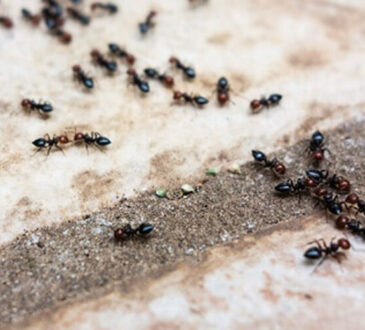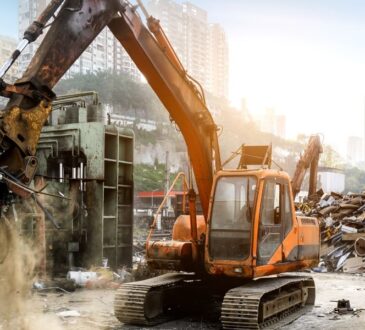
Water is a natural resource we cannot live without. But it turns into a destructive force if you let it go unmanaged.
Speaking of which, water damage is a common problem that most homeowners deal with at some point in their life. Be it floods, burst pipes, or leaks, water damage can occur at any time. This is why it is good to have a reliable water restoration service in your contacts.
To help you deal with water damage restoration in Toronto, we have highlighted some dos and don’ts. Read through the post to understand better.
The Dos
Here are some things you should do when hit by water damage:
Act Quickly
Time is crucial when dealing with water damage. Instead of delaying things, start the restoration process as soon as possible. This will help you prevent further damage to your property and health.
Prioritise Safety
Before entering the affected area, ensure it’s safe. Start with powering off the electricity, so there is no risk of electrocution. Also, wear protective gear like gloves and boots to prevent yourself from touching the contaminated water.
Remove Standing Water
Using pumps, mops, or wet vacuums, remove standing water. By doing so, you can reduce the chances of bacteria and mold growth. Also, open windows and doors to allow air circulation.
Call Professionals
If the water damage is severe or involves contaminated water like sewage, contact a professional service. They have the expertise and equipment to handle the situation and restore your property to normal.
The Don’ts
These are the things you should avoid doing during water damage:
Don’t Delay
Ignoring water damage will only make it worse. Even if it is a minor issue like a leak or pipe burst, don’t ignore it. Problems like this often turns into major problems if not addressed immediately.
Don’t Assume All Water is Clean
Floodwater or water from broken pipes may contain contaminants. This is why you need to be careful when treating standing and take precautions as necessary.
Water damage restoration requires quick action, so you can limit the extent of the damage. By following the dos and avoiding the don’ts, you can both restore your property and protect your health.




